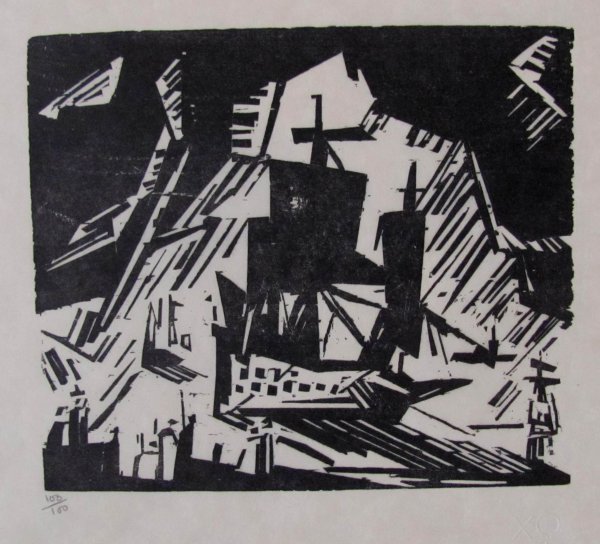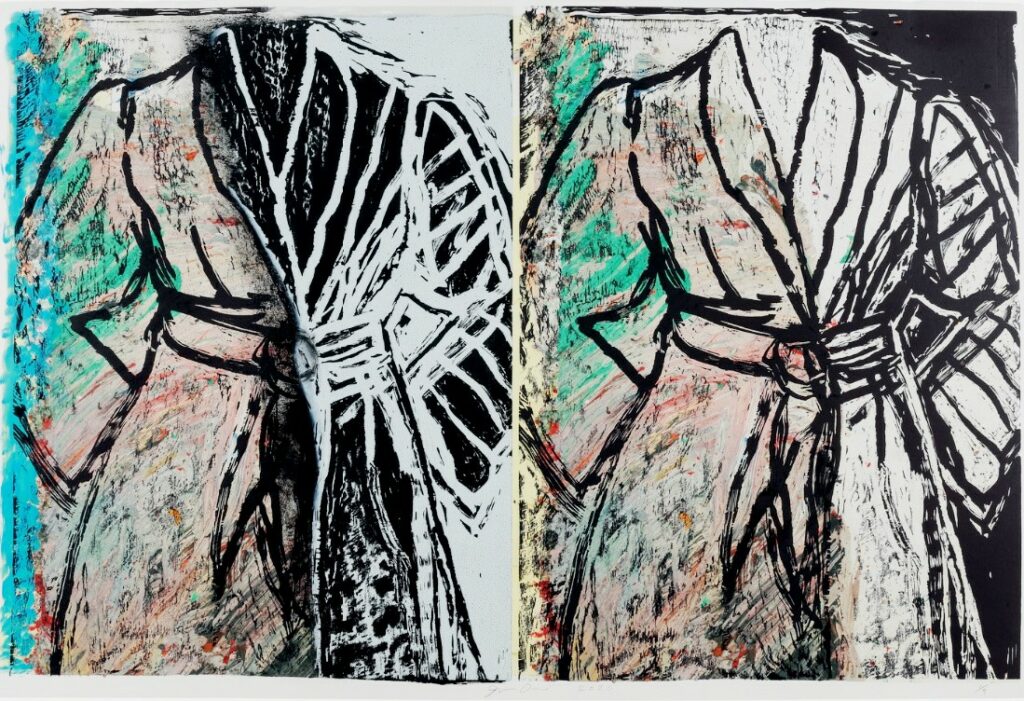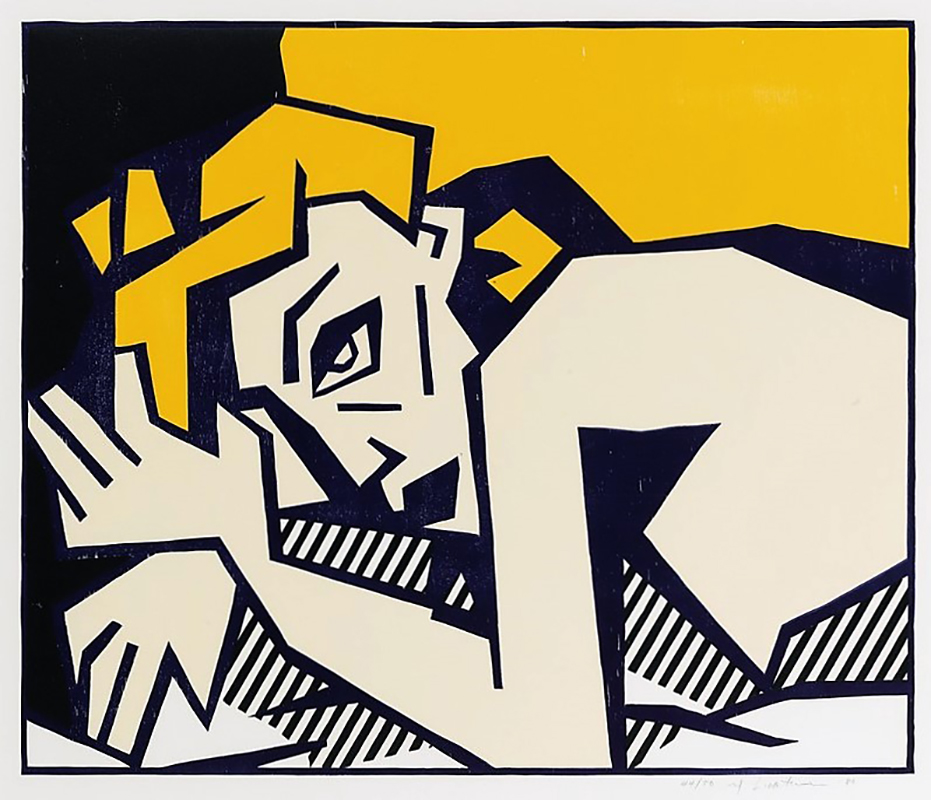Woodcut Prints
Woodcut prints, the earliest type of printmaking, is a relief technique in which a design is carved into the surface of a wooden block using knives and other instruments. After the block has been cut, the raised portions that are left are inked and printed, whereas the recessed portions that are removed do not retain ink and will be left blank in the final print.

Typically, pear wood is sawn and smoothed along the grain to create the wooden block. After that, the block is seasoned to lower the amount of moisture in the wood, preventing warping and splitting. The size of the printing press ultimately determines the woodblock’s size, which is dictated by the image. The image is then put together after each block has been cut and printed in order to produce a large-scale print. Smaller blocks are less prone to crack as they get older or under pressure from printing. For ease of use and to reduce wear, the block’s thickness is also crucial; the ideal thickness is close to one inch.

After the woodblock has been prepared, the design can be pasted onto the block’s surface or it can be drawn directly on the block’s surface. Alternatively, by using chalk or graphite on the reverse of the paper sheet, the pattern can be transferred from the paper sheet straight onto the block’s surface. The printer then positions the design on the block’s surface and uses a stylus to trace the design’s lines, transferring the chalk and thereby the design to the block.

Most frequently, a skilled block cutter will use a chisel, gouge, or knife to gently carve away the parts of the woodblock that won’t be inked. Thus, in contrast to the remainder of the block, the lines that make up the image stand out (which is why woodcuts are in the group of printmaking techniques called relief prints). After that, the block is uniformly inked with a dauber (ink ball) or a roller, being careful not to get any ink on the recesses. The woodcut’s design is printed on its paper backing in the opposite direction from how it appeared on the block.
